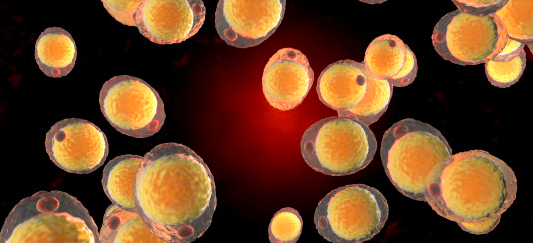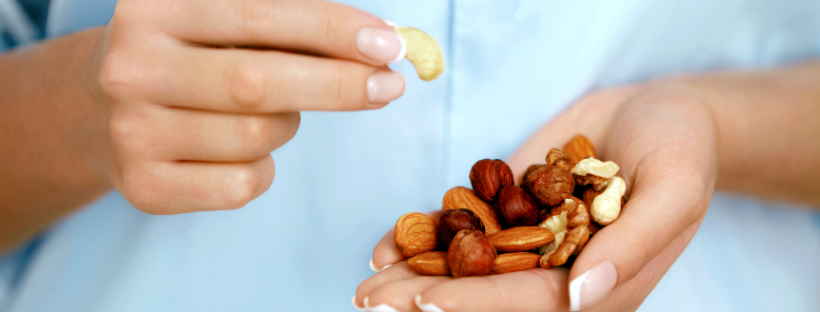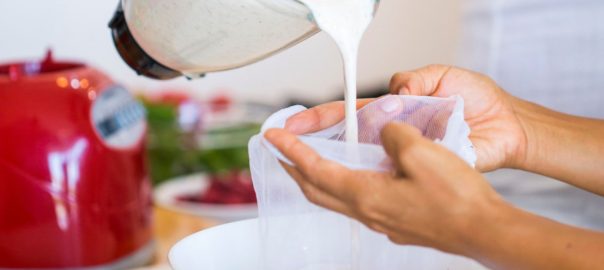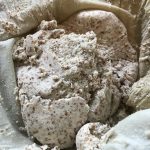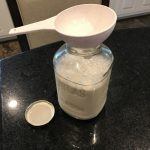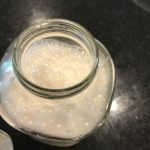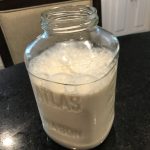[Note: This post is to help you better understand Lipoprotein (a). It is in response to this letter written April 3, 2020, by Sotirios Tsimkias, M.D., who is the Director of Vascular Medicine, Division of Cardiology and the University of California, San Diego, School of Medicine]
You’re probably familiar with cholesterol testing. You know, that standard blood test where they look at your cholesterol, LDL, HDL, and triglycerides. And you have been told that LDL is the “bad” cholesterol so you want less of that in your system while the HDL is the “good” cholesterol and you want more of that. So why are we now talking about LP(a) and what is that anyway?
What are lipoproteins?
The L in LDL and HDL stands for lipoprotein. Low-Density Lipoprotein or High-Density Lipoprotein. But it turns out there’s more to the story than that. Lipoproteins are made up of protein and fat. In the LDL category there are actually subtypes of lipoprotein. These other lipoprotein particles are a better indication of risk factors for cardiovascular health issues. But your doctor may not automatically test these when looking at your cholesterol levels and cardiovascular risk factors. This is unfortunate because it turns out you can have “normal” cholesterol levels and yet still have a heart attack if your lipoprotein particle numbers are elevated.
Types of lipoproteins
There are several subtypes which are variants of LDL. These lipoprotein particles (LPP), according to the National Cholesterol Education Program (NCEP), are potential risk factors for cardiovascular disease. Giving more detail than a typical cholesterol test, when you look at LPP the test measures the size, number, and distribution of different lipoproteins including:
-
- Small, dense LDL – these can easily form plaque and also oxidize easily
- LP(a) – this is a small, dense particle that may be involved in forming blood clots
- Remnant Lipoprotein – this particle appears to be a building block for plaque while at the same time having the same density and makeup of plaque
- HDL2b – this show how well the body removes excess lipids
Looking more closely at LP(a), also referred to as apolipoprotein (a), there are a number of studies which indicate that elevated levels of LP(a) can increase the risk for stroke, atherosclerosis (arterial plaque buildup), and coronary heart disease. And it turns out that commonly used statin drugs may not help to lower LP(a) levels. As noted above, you can have a “normal” cholesterol and yet have elevated lipoprotein particles which can constitute a risk factor for heart disease, stroke, and other cardiac health issues.
How to test lipoprotein particles
Instead of testing only the core cholesterol factors it may be beneficial to ask your doctor to include more detailed measures and to look at your lipoprotein particles. There are a number of companies which do this testing. It is commonly available through LabCorp, Quest Diagnostics, Boston Heart Diagnostics and others. Your doctor simply needs to request it. This is a fasting lab so you will be required to avoid food and water for at least 12 hours before testing.
Holistic support for LP(a)
Although having a high LP(a) level is something to be taken seriously, there are things that you can do holistically that may help lower these levels.
Increase antioxidants
Higher antioxidant levels have been found to be helpful for overall wellness and may help to lower Lipoprotein (a) levels. One way to increase antioxidant levels is to do a C Calibration Protocol using a buffered vitamin C powder (my preferred brand is Potent C Guard by Perque):
- Begin first thing in the morning with a level half-teaspoon dissolved in 1-2 ounces of water every 15 minutes.
- If after four doses there is no gurgling or rumbling in the gut, you should double the initial dosage and continue every 15 minutes
- Continue with these instructions at the proper time intervals until you reach a watery stool or an enema- like evacuation of liquid from the rectum
- Calculate 75% of the total ascorbate you needed to induce the flush. This is your daily dose. Divide this amount into 4 and take four times per day
Omega 3 fatty acids
It’s also important to make sure that you are getting appropriate amounts of Omega 3 fatty acids. This can be done through supplementation. If you’re going to take supplements however you want to make sure that you read the label to ensure that you are getting cold-water fatty fish, not less beneficial fats. The cold water fatty fish include salmon, sardines, anchovies, herrings, cod, mackerel, and tuna. You also want to avoid any negative ingredients such as soybean oil, sugar, or corn starch.
In addition to supplementing your omega-3, consider adding nourishing whole food choices: cold-water fatty fish (at least twice a week), walnuts, flax seeds, chia seeds, hemp seeds, and egg yolks.
Yes, you can have egg yolks. Studies have shown that consuming cholesterol does not heavily influence serum (blood) cholesterol levels.
For those who may not be used to eating sardines here’s a recipe for sardine pate which I’ve heard is very good (remember I can’t eat them due to a true food allergy so ymmv). Paleo Sardine Pate by Kelly Bejelly
Vegetables
If you're like most people you know you should eat more vegetables than you really do. This is not one of those health tips that we want to ignore. Eating veggies is definitely good for you and great for your heart. Some delicious vegetables which are good to help support better lipoprotein levels are:
-
- Dark leafy greens (mustard greens, Swiss chard, dandelion greens, kale, spinach, etc)
- Cruciferous vegetables (broccoli, cauliflower, Brussels sprouts)
- Tomatoes
- Colorful root vegetables (carrots, beets, sweet potatoes, yams)
Food journaling
The following are appropriate serving sizes for the foods referenced above. Food journaling can be a good way to monitor how much and when you are eating so you can build your nutritional plan to incorporate more healthy foods into your diet. It's also a great way to see where you might be having just a little more of the unhealthy stuff than you really realized.
Leafy Greens – 3-4 cups per day
Colorful veggies – 2-3 cups per day
Complex Carbs – 2-3 medium root vegetables
Exercise
Let’s not forget exercise. Your heart is a pump, moving blood around the body. If you’re just sitting around on the sofa how hard does it have to work? [tip: not that hard]
We are meant to be in motion and physically active. Running, jogging, brisk walks, bicycling, swimming, or even weight lifting are all good forms of physical exercise. That can help to support beneficial lipoprotein levels. Aim for a minimum of 30 minutes of physical activity 4 times per week.
More information
For more information about cholesterol and a functional viewpoint
- Check out this video from cardiologist Dr. Stephen Sinatra
- Read the book The Great Cholesterol Myth, Revised and Expanded: Why Lowering Your Cholesterol Won't Prevent Heart Disease–and the Statin-Free Plan that Will
Sources Fernandez, Maria L. “Rethinking Dietary Cholesterol”. Curr Opin Clin Nutr Metab Care. 2012 Mar; 15(2):117-21 Kamstrup PR, et al.”Lipoprotein(a) and risk of myocardial infarction–genetic epidemiologic evidence of causality”. Scand. J. Clin. Lab. Invest. April 2011 71 (2): 87–93. Nordestgaard BG, et al. “Lipoprotein(a) as a cardiovascular risk factor: current status”. Eur. Heart J. December 2010 31 (23): 2844–53. Smolders B, et al.”Lipoprotein (a) and stroke: a meta-analysis of observational studies”. Stroke. 2007. 38 (6): 1959–66.

